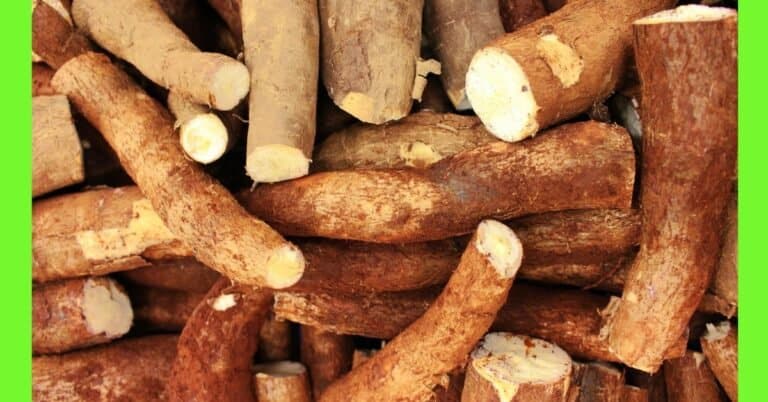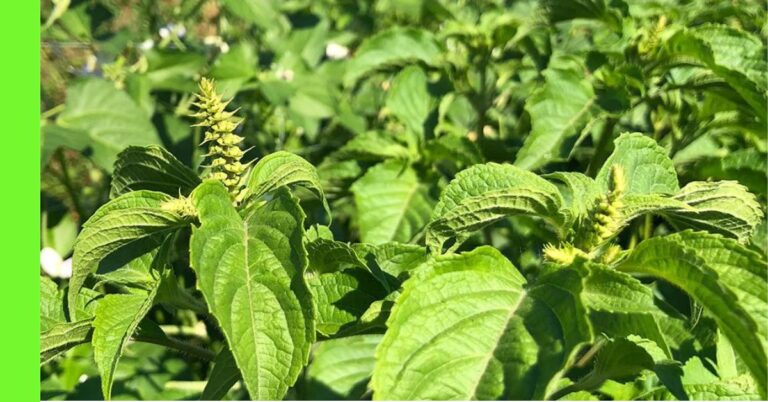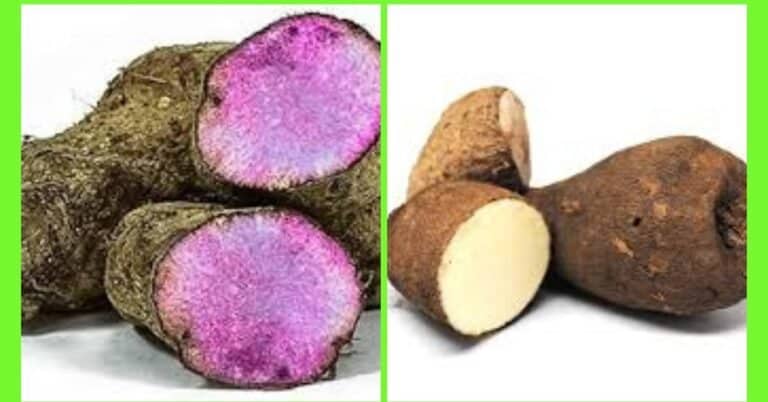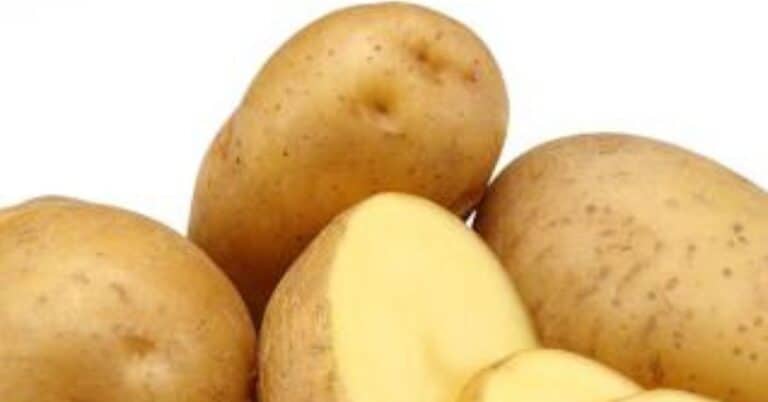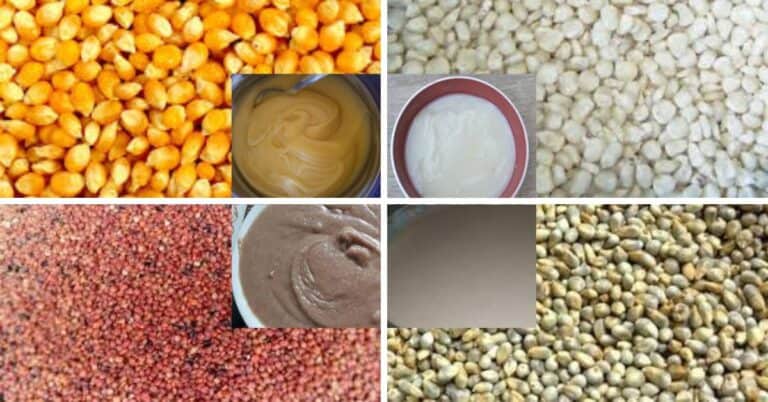Ugu Leaf: Simple Facts, Uses And Benefits
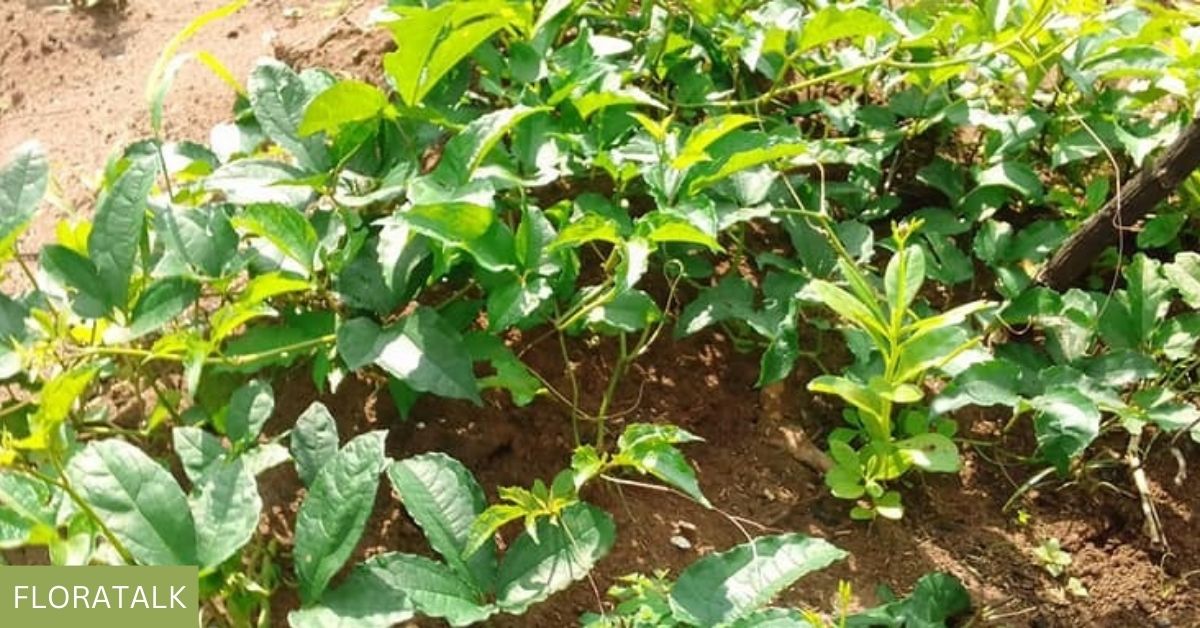
Ugu (Fluted Pumpkin) is a trilling plant grown for its leaves and seeds.
In this article, we are looking at the Ugu leaf, more detail about the Ugu seed in the next article,
To begin let’s describe the Ugu leaf
Description of the Ugu leaf
Its appearance:
The Ugu leaf is dark green in colour, the shades may vary from plant to plant
They come as three leaves from one stem.
Ugu leaves have flat and compound blades,
the leaves are not lobed and own smooth margins,
and the veins are palmate with long petioles.
Its taste:
Raw Ugu leaf taste is quite difficult to describe because it is not sweet,
nor is it bitter or sour yet the taste is a bit unpleasant when chewed, the taste is not sharp,
I can say it’s a bit bland.
When cooked the taste is bland.
Ugu in Nigeria
In my country, Ugu is a popular leaf used and sold in major cities
The predominant users are the Igbo’s
And it’s cultivated much more in southeastern Nigeria where they dwell,
Other tribes make use of Ugu leaf as well.
The leaf used by about 30 million people in Nigeria.
There is also high demand for the leaf by Nigerians in the diaspora
Thereby creating an export window for the crop,
it’s exported to counties in Europe and America.
Nutritional Facts of Ugu (Fluted Pumpkin) Leaves
Proximate Composition of Ugu leaf of 100g
- Protein – 33.6%
- Moisture – 8.46%
- Fat – 0.86%
- Ash – 6.88%
- Fiber – 13.30%
- CHO – 36.82%
- Dry matter – 91.56%
- Energy kcal – 289.66%
Mineral composition
- Sodium – 96.3mg
- Potassium – 352mg
- Calcium – 21mg
- Magnesium – 35mg
- I*ron – 3.8mg
- Zinc – 22.3mg
- Vitamins present in Ugu leaf
- Vitamin A, B Vitamins, Vitamin C, Vitamin E, vitamin k, folate, and riboflavin.
Uses
For food
The major use for this leaf is food
The leaves are used in making different kinds of dishes
This includes
- Soups
- Owerri soup
- Edikang Ikong
- Egusi
- Ogbonna
- Ugu and okro
- Bitter leaf soup
- Stew
- Sauce
- Tomato sauce
- Palmoil and Ugu sauce
- Garnish
- Yam porridge
- Juice
- Snacks and
- Salads
The Ugu leaf is sometimes substituted with other leaves when cooking some of the above meals
But it is still preferable.
For medicine
The leaves process some medicinal properties one of which is
its blood building property making it the first choice for anemic patients
The leaf is high in antioxidants, hepatoprotective, and antimicrobial properties.
Animal food
The leaf used in making food supplements for animals like birds and fishes such as catfish,
because of the high amount of protein it possesses
The stems are also given to animals for food.
Organic Fertilizer
The stem when decomposed serves as organic fertilizer (manure) enriching the soil.
Health Benefits
Have Healing Properties
The antioxidant and vitamin C content in the leaf help to speed up the healing process and end minor aliment.
Cures Anemia
Fluted pumpkin leaf processes iron, this is a major component that prevents and treats iron deficiency anemia.
Improves Male fertility
They promote spermatogenesis (increased sperm count), this is as a result of the antioxidant properties which include oleric acid, vitamin A, Alkaloids, tannins and linoleic acid found in the leaves.
Improves Female fertility
Expert say that the oil of the ugu leaf maintains the general anatomy of the female reproductive organs.
Increase milk production
They help increase the production of milk for a breastfeeding mum.
Lowers Blood sugar
The presence of polysaccharides and ethyl acetate in the leaf helps to lower blood sugar making it good for diabetic patients.
Boost the Immune system
It contains lots of vitamin and mineral, this helps to boost immunity.
Preparing ugu leaf (fluted pumpkin) for food
Optimizing the nutrient in ugu vegetable is key to get the best from it, ones you have grown the crop organically or purchased from a good source.
The way the vegetable is prepared for food greatly impacts on how much of nutrient is retained
You don’t want to just eat vegetables and not benefit from them
Firstly
Wash the ugu leaf before shredding: the vitamins in the ugu leafs are water soluble, in other to have them intact wash the vegetable whole, if the vegetable is cut and then washed lots of the nutrient will escape.
Secondly
Cook on low heat: subjecting the vegetable to high heat leads to a reduction of the nutrients.
Lastly
Maintain short cooking time: do not cook the vegetable for long, but ensure its cooked to avoid contamination, one way to achieve this is to add the vegetable last when cooking. 10 – 20 minutes is fine, this will vary depending on the quantity of the vegetable been cooked.
Now that you know more about the ugu leaf are you considering growing this vegetable at home?


